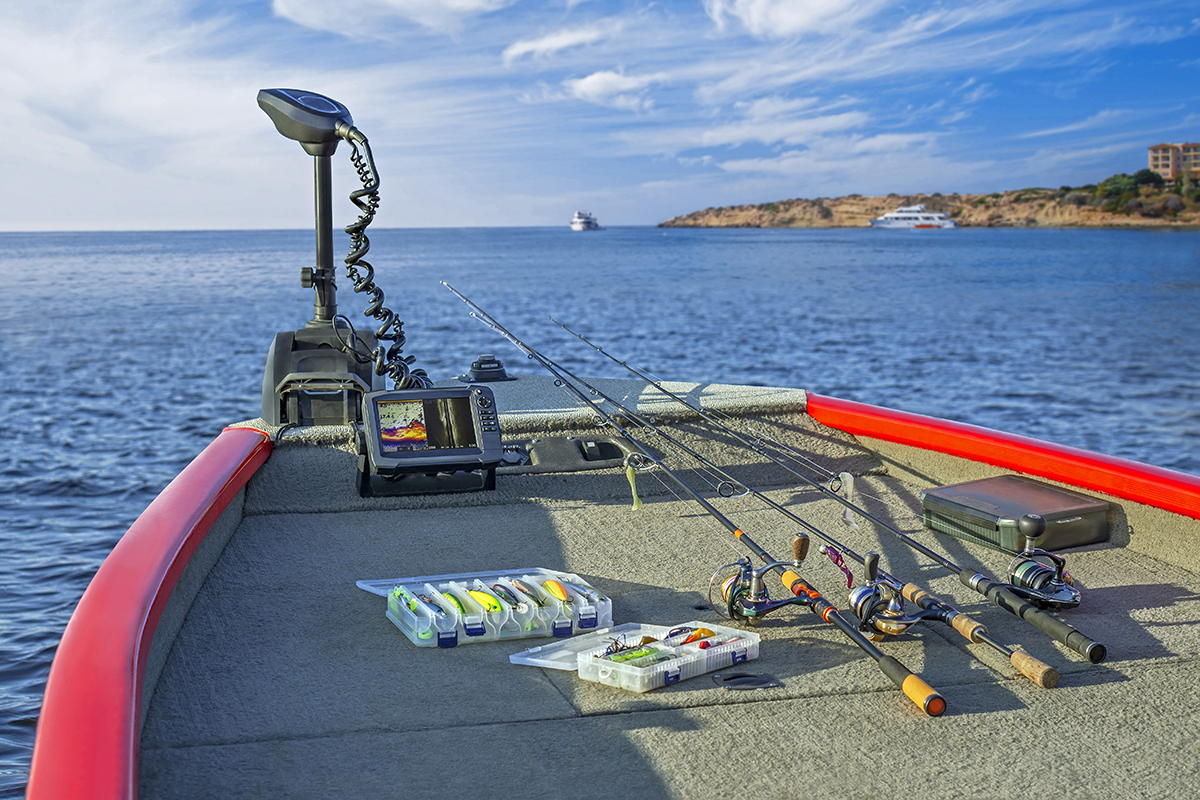A new paddler might be confused regarding the best kayak for fishing. Many brands offer various types of kayaks. However, it is essential to know that there are two different types of kayaks, including sit-in and sit-on-top kayaks.
Both kayaks have different designs and usage. Depending on your requirements, you can choose the right option for you. In this article, we will discuss their advantages and disadvantages.
Sit-On-Top Kayak
Sit-on-top kayaks come with an open cockpit and a higher center of gravity. They have far more space as compared to sit-in kayaks. Let’s talk about their positive and negative sides.
Pros of Sit-On-Top Kayak
The open cockpit is the best part of a sit-on-top kayak as the paddler feels comfortable. You don’t feel confined, especially in case of overturning. If a capsize happens, you can easily climb back on the kayak.
Due to the higher center of gravity, sit-on-top kayaks are wider and offer excellent initial stability. Thanks to the completely enclosed design of their hulls, these sit-on-top kayaks are almost unsinkable.
Sit-on-top kayaks come with scupper holes that allow the water to drain out of the cockpit. It is extremely important in case of accidental capsize. These kayaks are a brilliant option for playing. You don’t need to carry a pump if you are using a sit-on-top kayak.
Thanks to the open “tank well,” you have a lot of space to take big items. You can even take a cooler to keep your fish fresh.
Cons of Sit-On-Top Kayak
Generally, sit-on-top kayaks are slower than sit-in kayaks because of their wider beam. They require more effort to move forward. They are suited for fishing and short-range excursions.
In terms of secondary stability, the sit-on-top kayak offers poor performance. Due to the higher center of gravity and wide beam, you don’t get good stability while paddling in rough seas or turning.
The open cockpit comes with a downside as well. Unfortunately, you can’t place your knees against the underside of the deck, which results in less paddle control and poor maneuverability.
Due to the wide beam, you are forced to use a longer paddle. Due to the long paddle, the movement arm is longer as well. It results in requiring more effort to move the kayak.
Because of the open cockpit, you are exposed to external elements, including sun rays, waves, etc. These kayaks are more affected by the wind as compared to sit-in-top kayaks.
Due to self-draining holes, there is always some water in the bilge.
Sit-In Kayak
Now, you have an idea about sit-on-top kayaks. It is the time to talk about sit-in kayaks. As the name suggests, they have an enclosed cockpit and lower center of gravity. Let’s see the highlights.
Pros of Sit-In Kayaks
As compared to sit-on-top kayaks, these kayaks have a lower center of gravity. This is the biggest advantage of a sit-in kayak as it allows excellent secondary stability. You can easily lean the kayak on its side, resulting in better turning and paddling in rough seas.
Sit-in kayaks are narrower than sit-on-top kayaks. The narrow design offers fast speed and requires less effort to move forward. These kayaks are perfect for an expedition and long-range paddling.
Thanks to the enclosed cockpit, you can place your knees against the underside of the deck, allowing more control and better maneuverability.
Due to the enclosed cockpit, you are protected from the sun and waves. You can also attach the spray skirt to completely protect yourself from external elements.
The sit-in kayak allows you to use a shorter paddle because of the narrow beam. The shorter movement arm ensures you need to put less effort to move forward.
Gladly, these kayaks are less affected by rough seas and winds. You can continue your adventure without any worries. There are no scupper holes, which means the cockpit remains dry unless the water is splashed into the cockpit.
Cons of Sit-In Kayaks
The biggest disadvantage is that you feel confined in case of capsizing because of the enclosed cockpit. It also becomes difficult to reenter the kayak in case of capsizing.
In heavy seas, sit-in kayaks can be sunk if both the bow and stern are filled with water. Due to narrow beams, they have less initial stability. Moreover, you have to use a hand or foot-operated pump to remove the water as there are no holes. These kayaks have far less space as compared to sit-on-top kayaks. Due to less space, it is difficult to keep a pump as well.
Conclusion
So should you choose a sit on vs sit in kayak for fishing? Both types of kayaks have some pros and cons. Generally, a sit-on-top design is recommended for beginners and fishermen who need excellent initial stability and more storage. Sit-in kayaks are used by advanced paddlers who need more speed and can compromise on space.
So, which is the right kayak for fishing? Well, you need to establish your requirements, and then you will be able to choose the right option for you.

